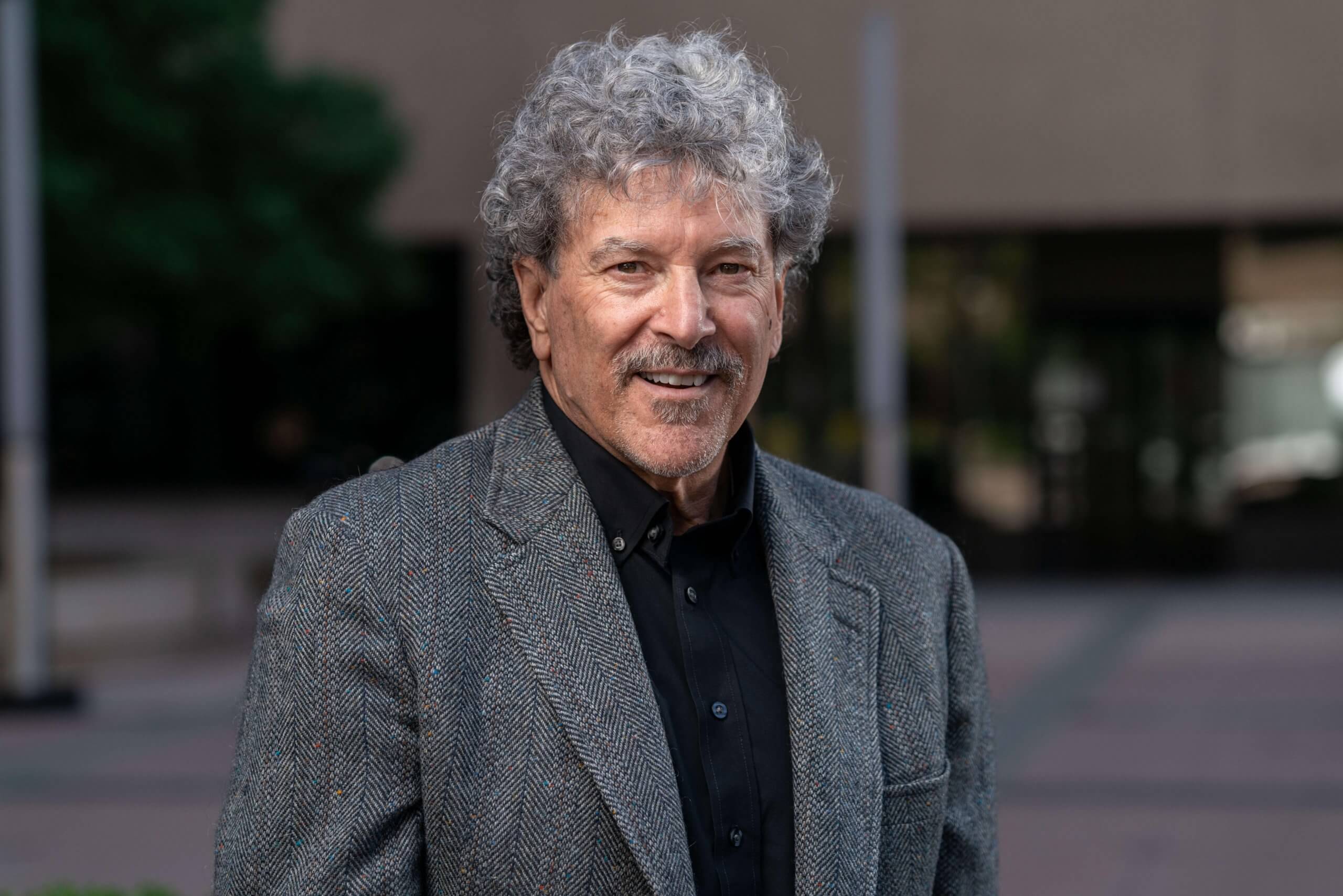Validation Is Leadership: Why Your Team Needs More Than Direction

When was the last time you recognized a team member for solving a challenging problem or rallying with others to hit a big goal, on time?
In every keynote presentation, I ask the audience, “How many of you receive enough recognition at work?” Only about 10% raise their hands.
Now consider this: on any given day, 60-70% of employees actively invest ideas, efforts, and contributions that benefit your organization. That’s what business leaders report when things are going well.
Too few of these capable people receive validation for their efforts.
Even as the labor market stabilizes, many leaders continue to operate with outdated, Industrial Age mindsets. While the “Great Resignation” has cooled, workers are still leaving their jobs in significant numbers. In February 2025, approximately 3.2 million Americans voluntarily quit their positions, reflecting a 2% quit rate in the private sector.
Despite losing talented team members, leaders have refused to change their leadership approach. Too often, leaders still rely on outdated, autocratic, and command-and-control behaviors to drive results.
Validation offers a powerful prescription. When leaders confirm, endorse, and celebrate employees’ aligned ideas, efforts, and contributions, those employees feel valued and respected.


When was the last time you recognized a team member for solving a challenging problem or rallying with others to hit a big goal, on time?
By consistently validating great work, leaders demonstrate to employees the importance of their efforts and how employees contribute to serving customers and communities.
Validation enhances employees’ clarity, commitment, and confidence that they are doing meaningful work that matters – to their leaders, to the business, and to customers.
However, when leaders ignore employees’ efforts – if they fail to acknowledge or confirm them – team members quickly begin to believe they are not doing important work. They convince themselves that nobody cares about their work. They convince themselves that what they do does not matter.
Effective leadership requires communicating clear expectations and coaching to ensure steady progress toward goal accomplishment.
Effective coaching is characterized by respect, validation, and clarity.
Lousy coaching is demeaning, discounting, and dismissive of employees’ ideas, efforts, and contributions.
In my keynotes, only 10% of my audience say they receive recognition on the job. What percentage of employees in your company receive validation for their aligned efforts?
People do good work in your organization every day. Start noticing it. Call it out. Say thank you. When you validate what’s going right, you show people they matter—and that you’re paying attention.
Want new articles before they get published? Subscribe to our Awesome Newsletter.